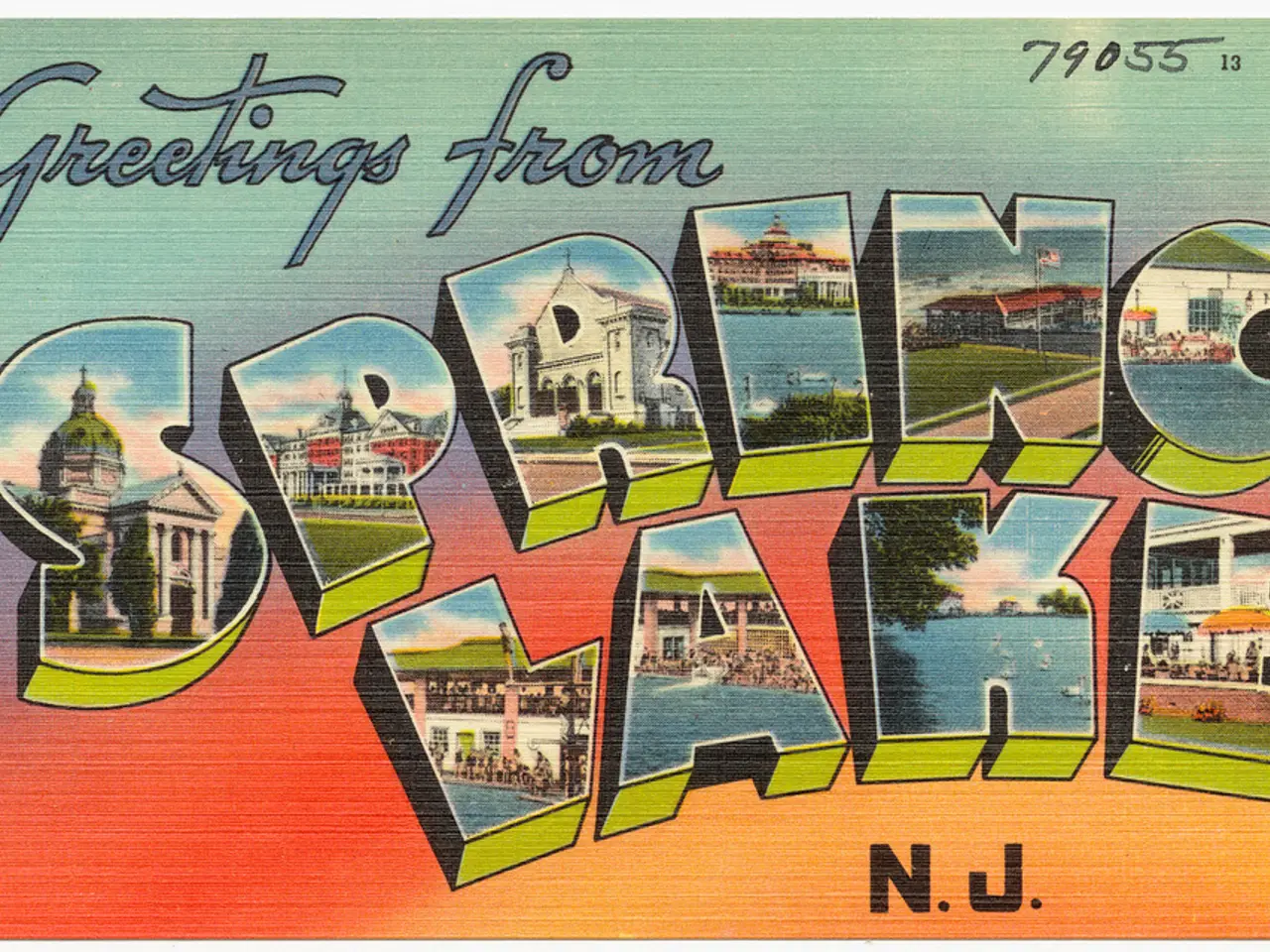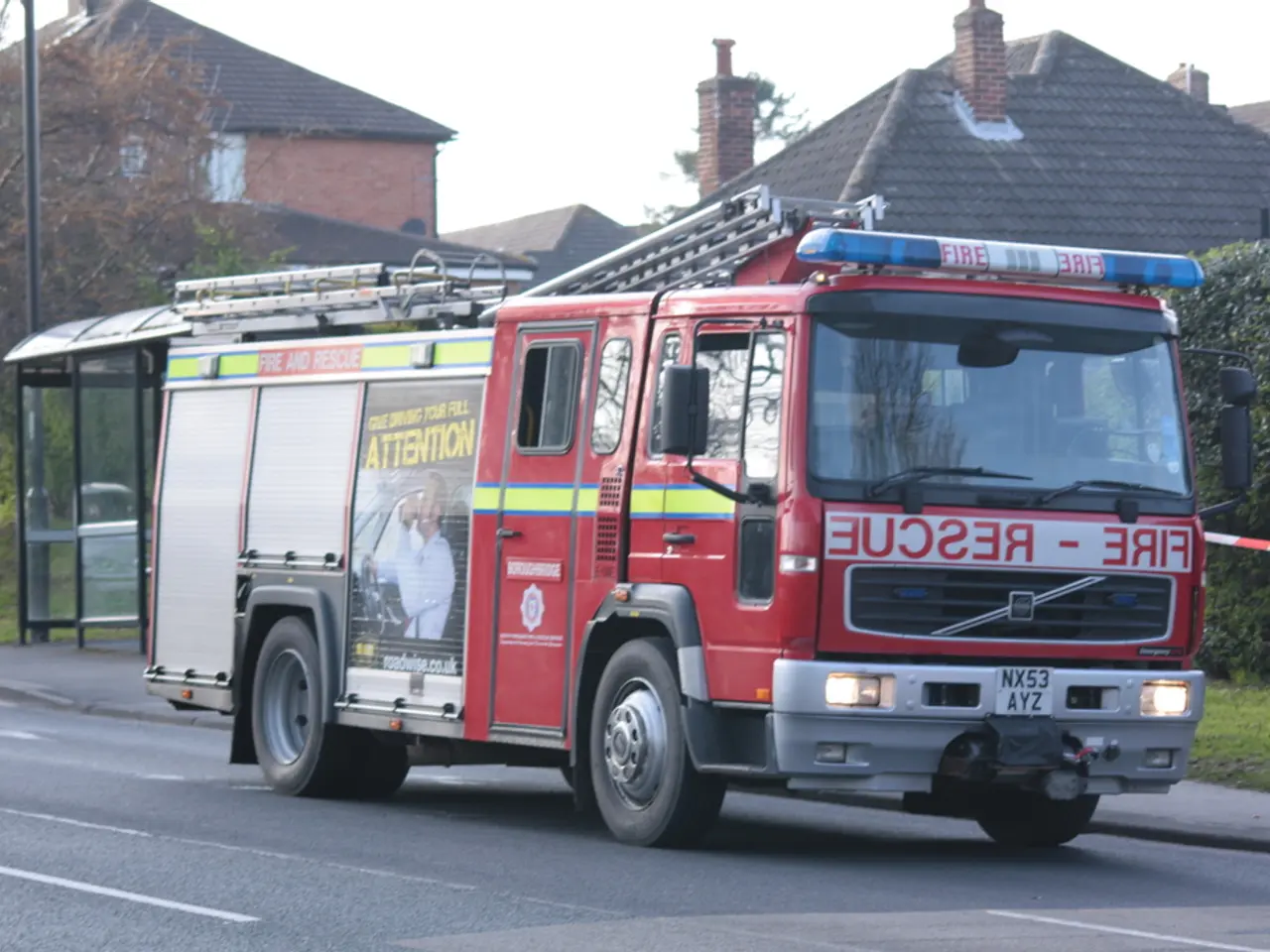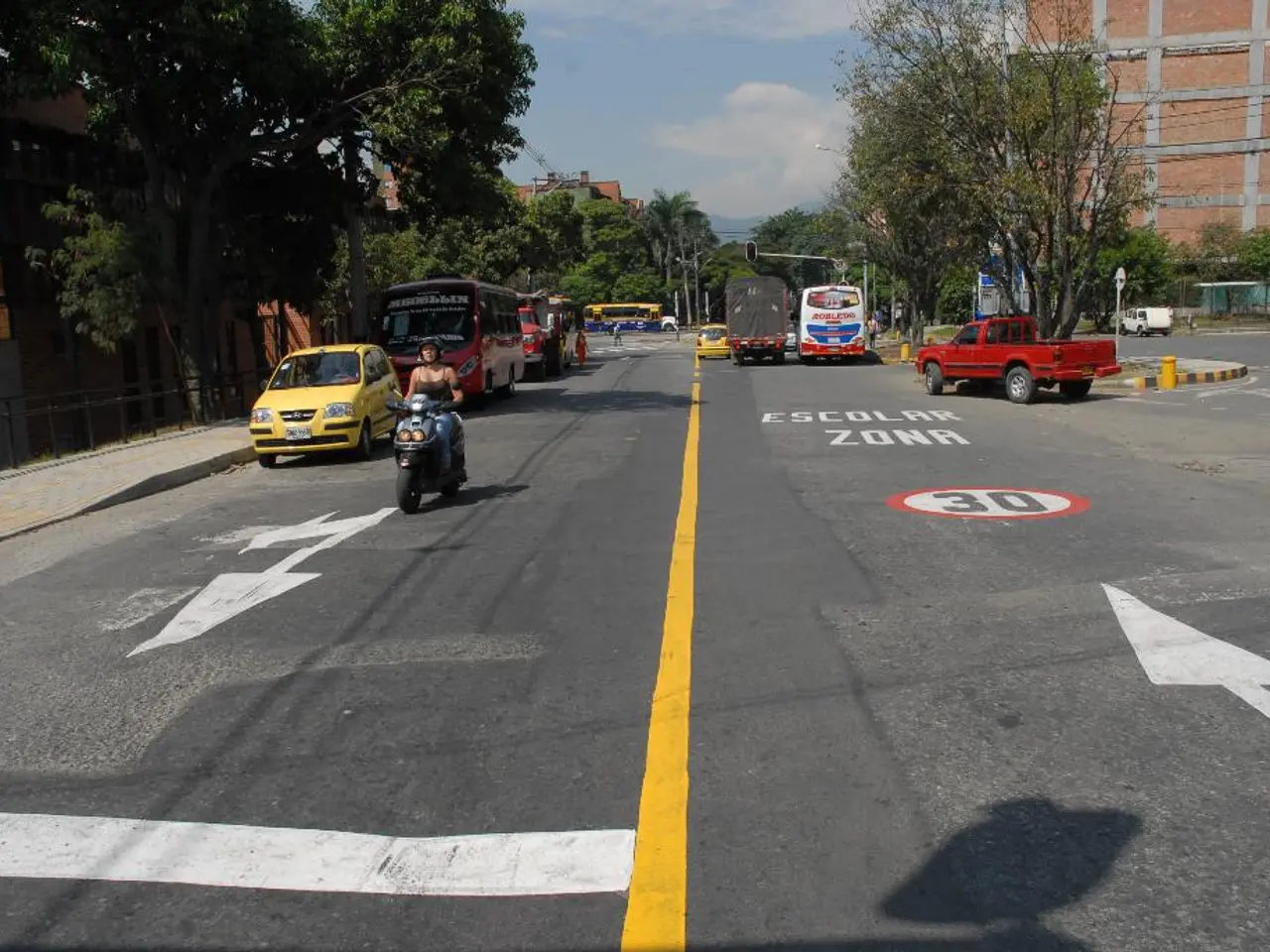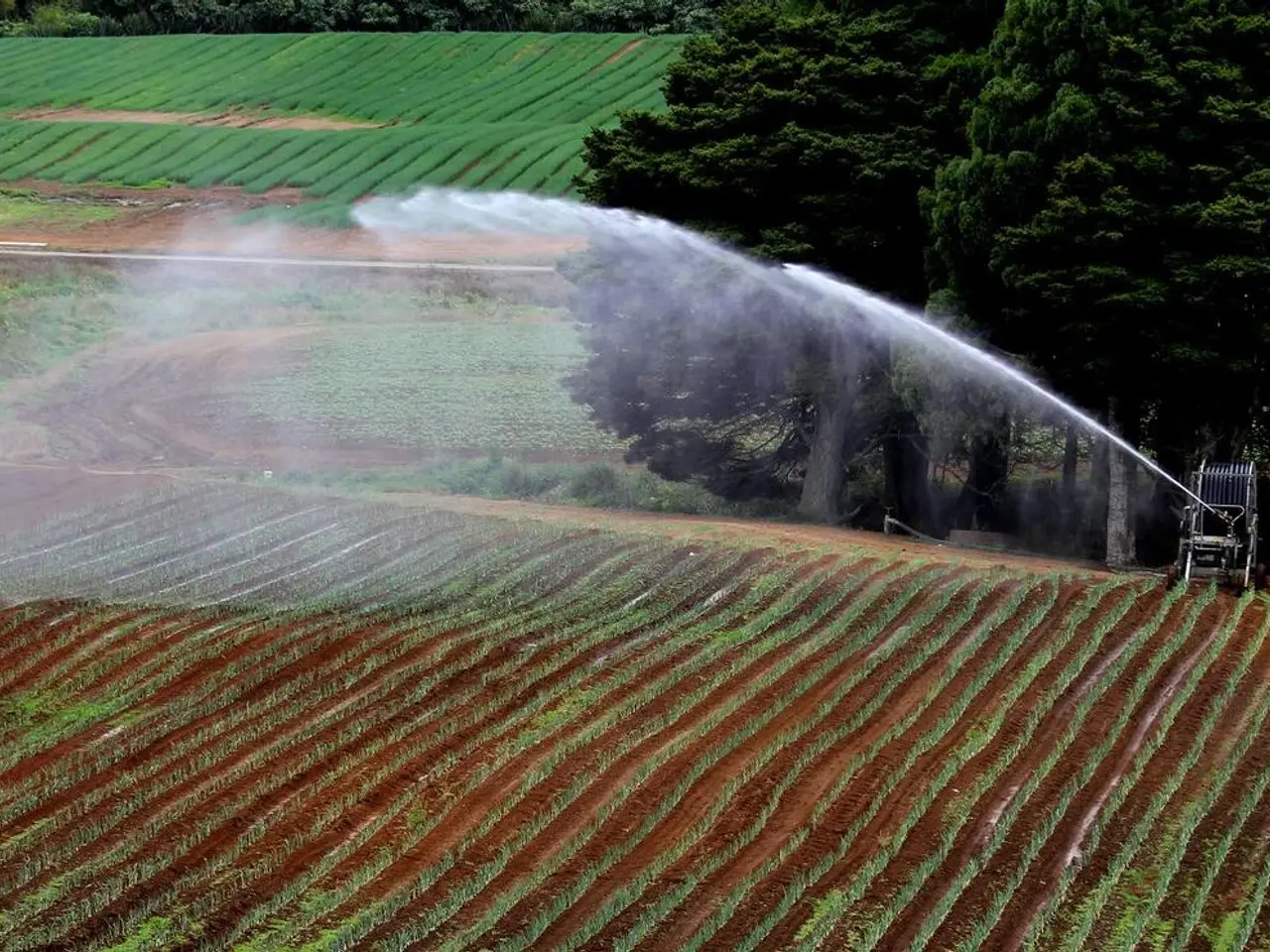Potential for catastrophic flooding similar to Texas' fatal events in the Bay Area?
The Bay Area, home to cities like San Francisco, Oakland, and Walnut Creek, is not immune to natural disasters. While the region's flooding profile differs from that of Texas, climate change and sea level rise are significant factors that could lead to severe flooding events.
Creeks such as Coyote Creek, Alameda Creek, Walnut Creek, and their tributaries collect runoff from steep hillsides and funnel it through urban areas. This, coupled with the Bay Area's dense urban and coastal development, exposes more infrastructure and residential areas to flood hazards.
Sea level rise is a particular concern for the region. By 2050, sea levels are expected to rise by at least another foot, increasing flood risks in low-lying areas such as the Embarcadero, Fisherman's Wharf, and parts of Mission Bay in San Francisco, as well as areas in the East Bay like Oakland and Alameda.
California is more likely to experience flooding from intense winter storms, particularly those involving atmospheric rivers, which can bring heavy rainfall. While this is different from the intense summer thunderstorms that devastated parts of Texas, the impacts could be similarly severe.
Climate change is increasing the frequency and intensity of extreme weather events globally, including heavy rainfall that can lead to flooding. This trend suggests that the Bay Area could face higher risks of severe flooding in the future.
However, it's important to note that the Bay Area's geology and soil conditions can vary widely, potentially affecting how water is absorbed into the ground. Urbanization often leads to reduced water absorption due to impervious surfaces.
Staying informed about these issues is crucial. 925 News, a local news website, delivers updates on events, restaurant openings, local news, small business spotlights, and crime reports in Walnut Creek, Lamorinda, Danville, Concord, and the Tri-Valley. The newsletter keeps readers informed about everything happening in the specified areas, including updates on flood-related issues.
In an effort to mitigate the risks, projects like the Eden Landing horizontal levee and South Bay Shoreline Phase 1 aim to buffer storm surge while restoring wetlands. However, infrastructure like the Delta & North Bay levees, which protect low-lying farmland and Highway 37, are vulnerable to failures, especially during seismic shaking.
Subscribers can receive a free comprehensive newsletter from 925 News, providing them with timely updates on flood-related issues and other local news. The newsletter can be shared on Facebook, Pinterest, and Nextdoor, making it easy for everyone to stay informed.
While the likelihood of the Bay Area experiencing a disaster similar to the Texas floods is relatively low, it's not impossible. By staying informed and aware, residents can take steps to protect themselves and their communities.
References: [1] 925 News Website [2] "Urbanization and Flood Risk in the Bay Area," Bay Nature, 2021 [3] "Climate Change and Flooding in the Bay Area," SPUR, 2018 [4] "Atmospheric Rivers and Flooding in California," National Weather Service, 2021
Environmental science plays a crucial role in predicting and managing the impacts of climate change on weather patterns, such as the frequency and intensity of heavy rainfall events in the Bay Area. For example, weather forecasting can alert residents about impending flood hazards, like the rising sea levels that could affect areas such as the Embarcadero, Fisherman's Wharf, Mission Bay in San Francisco, Oakland, and Alameda by 2050.
Understanding the environmental science behind climate-change-induced weather patterns is essential in preparing for potential flooding disasters, especially in urban areas with dense development near waterways like Coyote Creek, Alameda Creek, Walnut Creek, and their tributaries.








